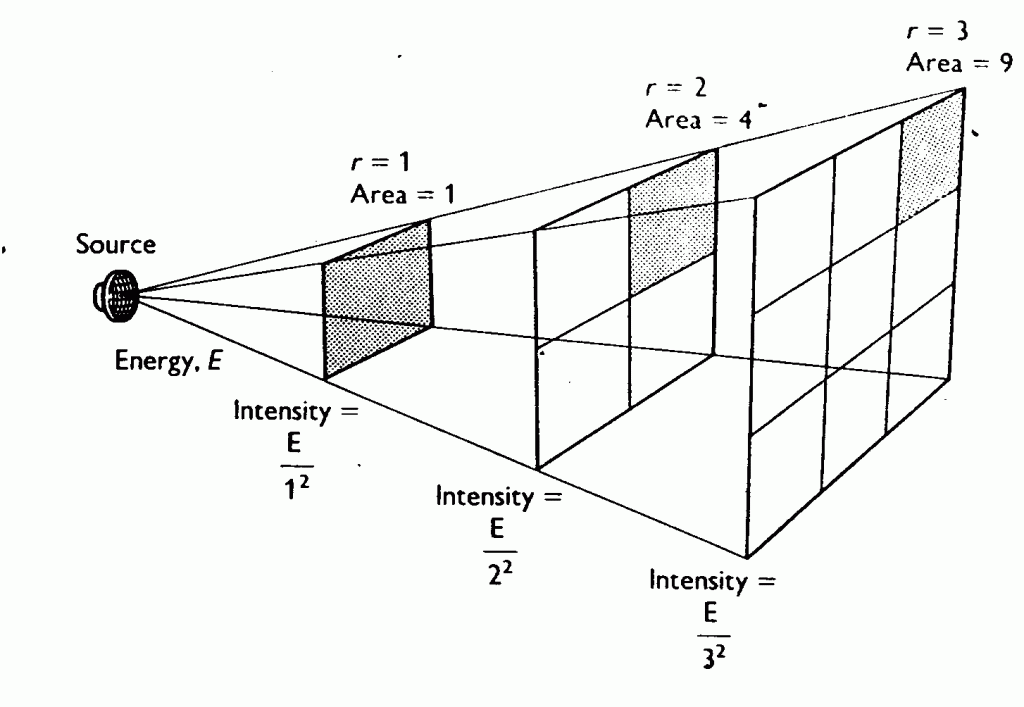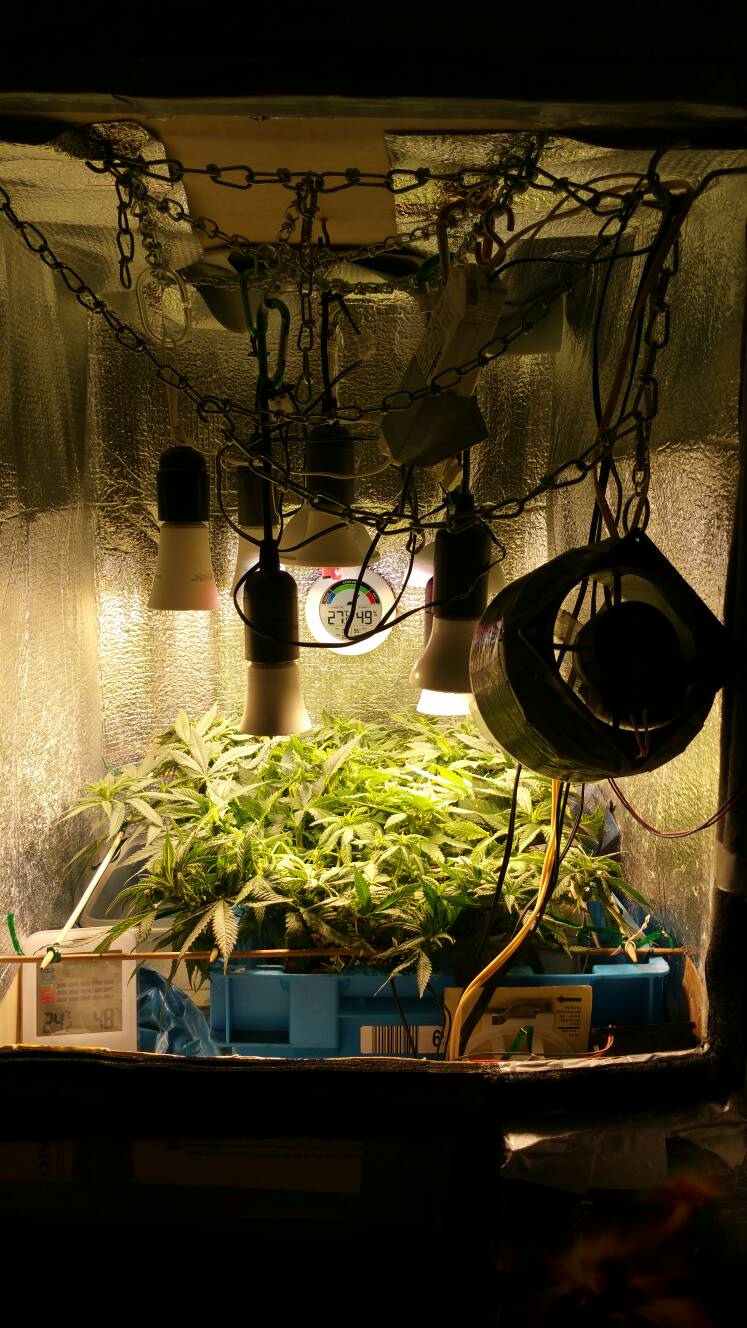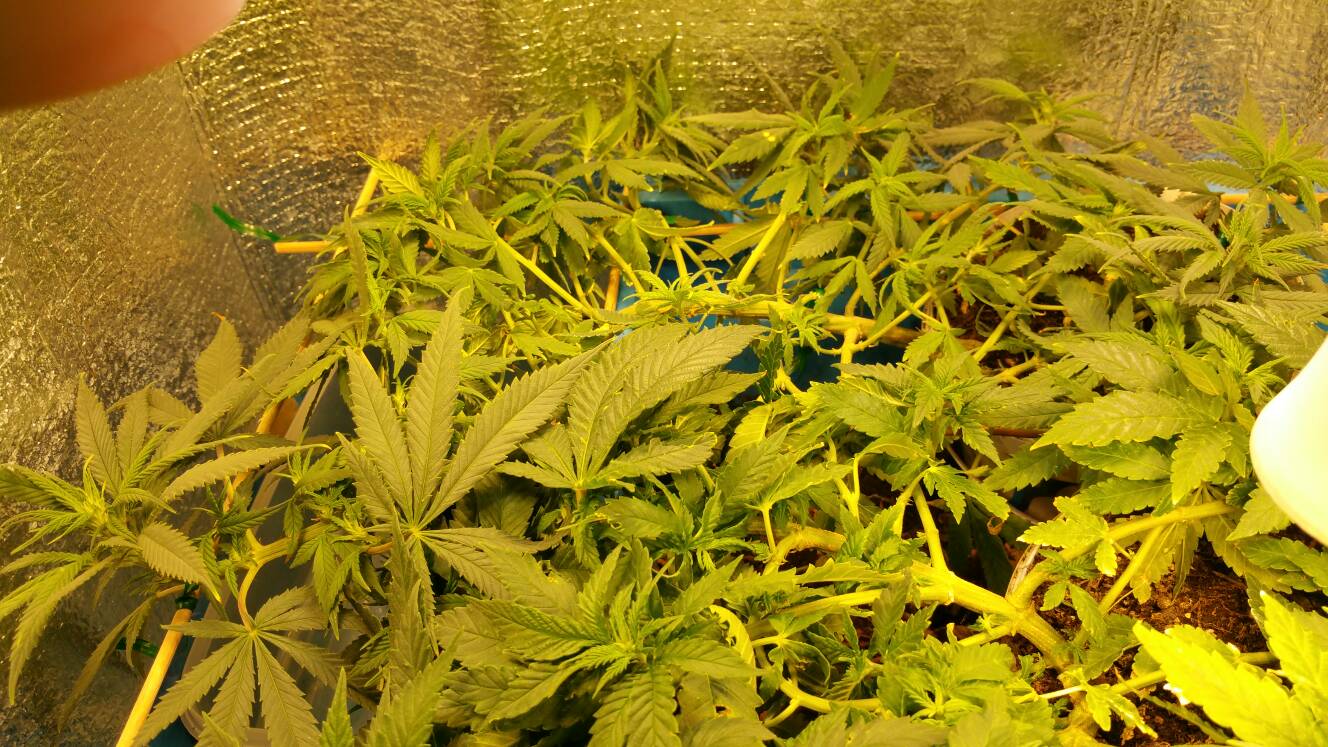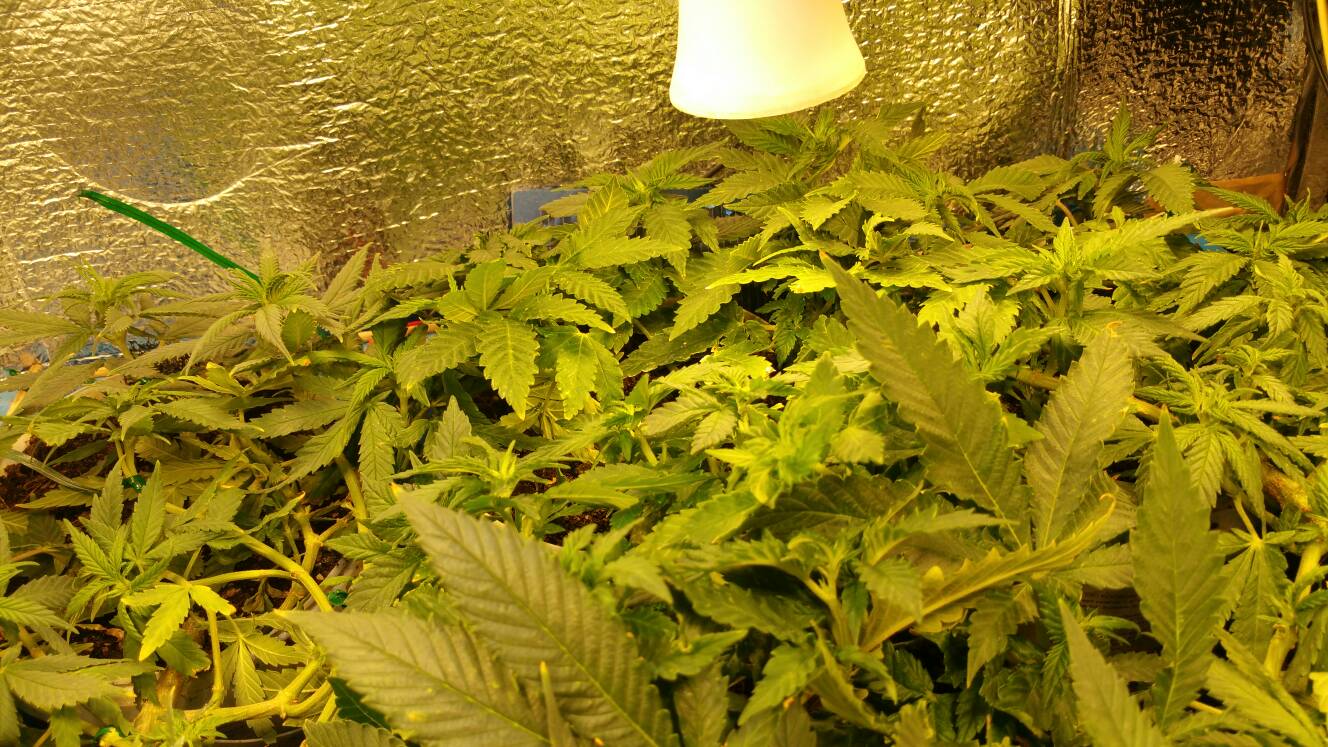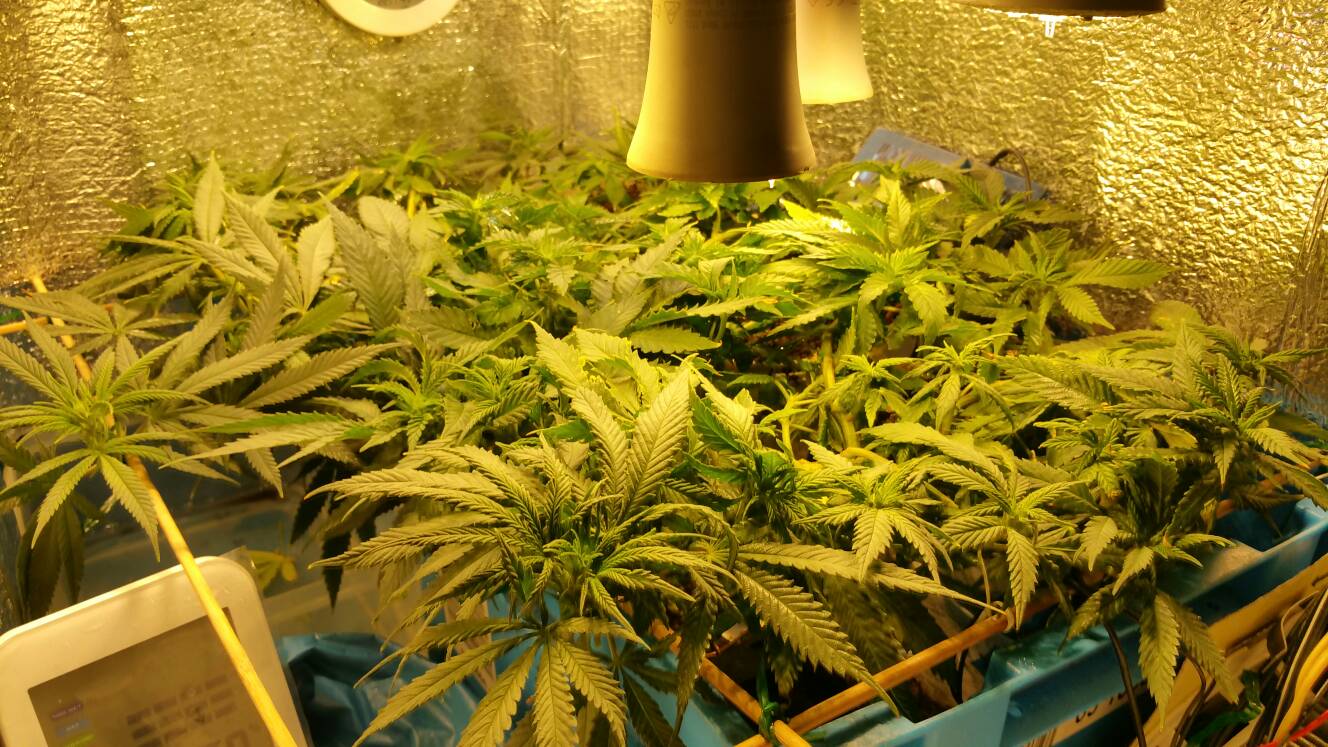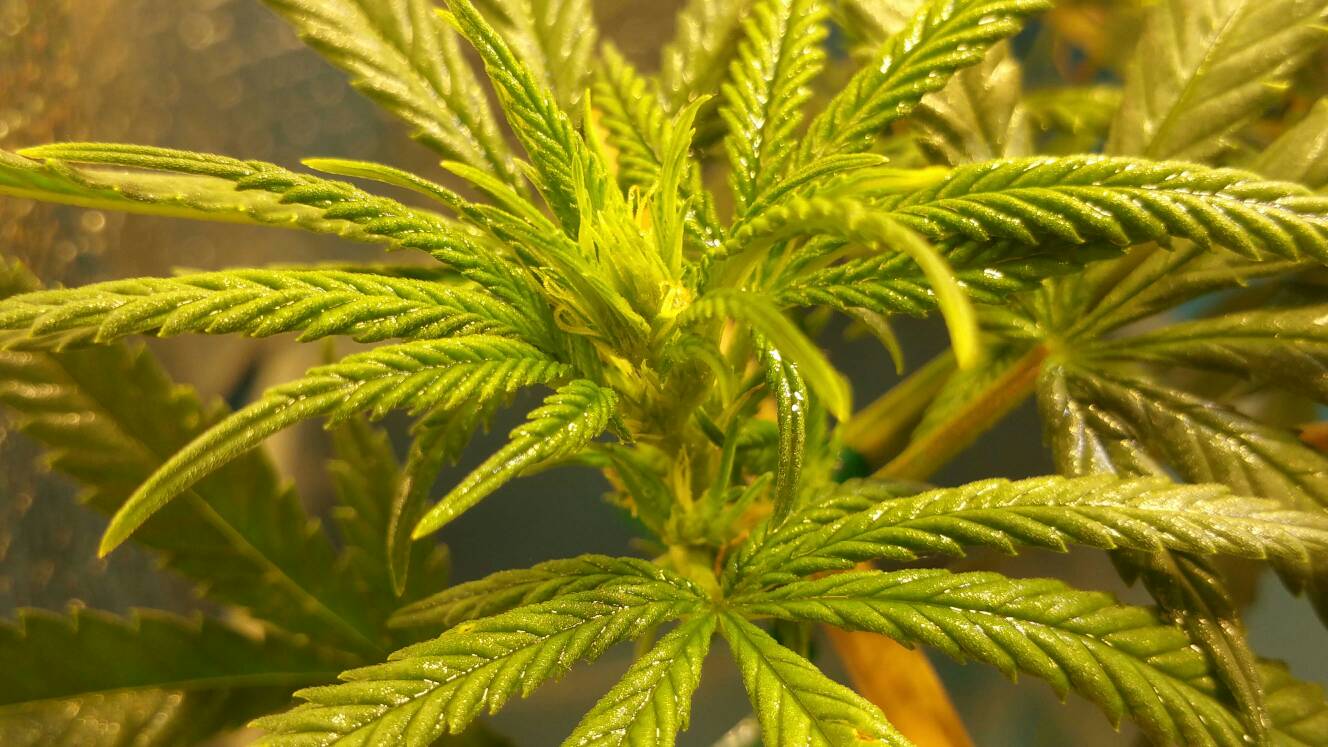Envirotech
New Member
The same GE website you mentioned further discloses the many types of halogen bulbs. Once again applying them unilaterally is silly. Some block IR and UV and some don't. But, you "worked" on it, so you can specify the exact one, but did you? Not that it matters anyway, it's just not the light to use, as it's only a little better than a standard incandescant.
Again, don't be so quick to cherry pick as to completely ignore what I've told you about ratios, as in relative to one another, as well as cycles, as in periodic usage. N O T unilaterally or half hazardly applied.
You see it is a lot easier to supplement a novelty LED light with just a few CFLs or a small HPS which gets the required results with least effort and cost, than it is to pretend you can know exactly how much and of what is missing, then proceeding to throw the kitchen sink at it. Wouldn't you agree.
So passionately emoted... can only mean truth. The argument is that the higher power it is, the less efficient it becomes, so you're better off using more of lower powered lights operating at higher efficiency which drops the operating costs but obviously increases the initial expense... which btw a salesman such as yourself should be all for (doh!!). Of course that can't be universally applied either, but as you get up in power it can.
That you turned that into a spiral versus tube/U = non sequitur/red herring.
Yes, U type CFL should be of higher efficacy than its spiral brethrin, what you quoted as a difference of ~10 lumens, assuming that was for the same wattage.
From the specs on your own site, which are more beliavable than I've found quoted elsewhere:
-125 8000 hrs 7800 = 62 lumens/w
-250 8000 hrs 14200 =57 lumens/w
You see the lower powered one is more efficient.
May as well quarter the light and use four of them, but you're stuck with what you bought. Anyway fixture efficiency ratings for CFL typically reduces their efficacy by 50% and that's a huge number, so you're not getting the theoretical max conversion efficiency but likely only half that.
Speaking of being stuck with what you buy:
YouTube - ENVIROLITE 250 WATT GROW LAMP BLOWN POOR QUALITY SHORT LIFESPAN BULB FLOURESCENT
First of all Photonz "envirolites" is not my product. These lights are actually way overrated in their wattage. If you take an amp reading on the "250" watt bulb it only draws 0.9 amps @115 volts so it actually only draws 104 watts.This is actual real time power consumption. It's more inline to what a standard output T5 puts out. 4 ft T5 is 28 watts 4 X4 ft t5 or 16 ft. is 112watts. This light has 15 ft. of T5. I have posted this finding about a year ago. Why the manufacturers rate them with higher wattage is beyond me.
""But here is where the real laugh comes into play. It is the phosphor area that emits the light. Look at the portion of that area that faces the plant directly, about 1/4 of the outter circumferance. The other 3/4 face reflector, leading to fixture efficiency losses. The entire inner circumfereance of that area just faces the other side of the inner circumference, it has to traverse through the tubes to get out or be reflected around, that's extremely inefficient.""
This is why most people hang these lights vertically without a reflector within the canopy and not horizontally. so how are the smaller curlies better?they have the same issue. You said this reduces the efficiency by 50% were did you get this number from? Just because the bulbs face each other or face the reflector causes this light is just eaten up? That's why they call them reflectors they reflect!
I did a little checking on your claim that led panels that use IR is not really IR "Far red is usefull aka iR what many marketers refer to as ir for lack of knowing better"this was your qoute in response to you contridicting yourself saying IR is not useful in plant lighting then saying it was important.I found most of these led's use 730-780nM . Isn't this actually infra red? 700-1200 classified as infra red A.
"You see it is a lot easier to supplement a novelty LED light with just a few CFLs or a small HPS which gets the required results with least effort and cost, than it is to pretend you can know exactly how much and of what is missing, then proceeding to throw the kitchen sink at it. Wouldn't you agree."
How did i try to pretend to know exactly how much or of what missing wavelenth there is. I simply sugested to add a small led of red 660, a cfl in 2700 and 6400K and a small halogen and explained what each light provided no specific amounts. Essentially isn't this what most led sellers doing with adding every wavelength they can get their hands on? so isn't by doing this a much cheaper way of achieving the samething?
You yourself said by adding a few cfls or a small HPS get you the required results. Arn't you doing the same thing??!!!



